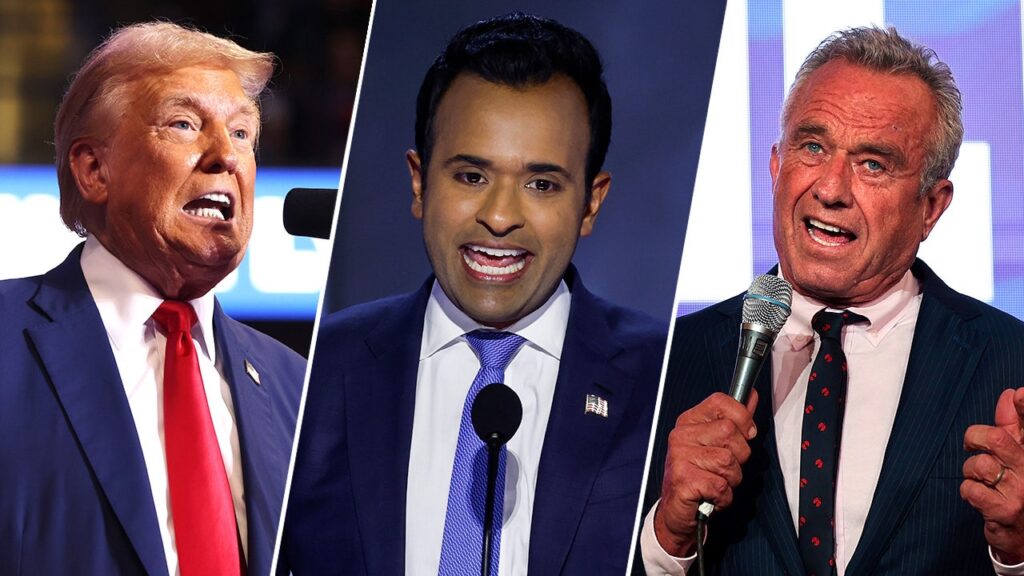
President Trump thinks he has found an unlikely mediator to tame Iran’s nuclear ambitions: Vladimir Putin. Ending the Ukraine war to rebuild bridges with Moscow and leveraging Russia’s influence to pressure Tehran — on paper, it might seem bold, even strategic. But it is detached from reality.
Putin gains nothing by threatening his Iranian allies. In fact, Moscow and Tehran’s strategic partnership has grown stronger precisely because of shared opposition to American influence. Trump is wrong to assume that Russia can be manipulated into serving U.S. interests, ignoring the deepening alignment between the two authoritarian powers. By mistaking rivalry for leverage, Trump risks not only empowering Putin but also destabilizing the Middle East further, ensuring his diplomatic strategy ends in failure.
Having lost more than 800,000 soldiers, suffered cumulative GDP losses exceeding $500 billion and moving towards a “decade-long recession” with $300 billion of Russian foreign reserves frozen due to sanctions, Putin already feels the weight of the invasion he launched in 2022. The war is now more than three years long. He wants an exit, provided it occurs on his terms.
Trump sees an opportunity: end the war, ease sanctions and use Putin to pressure Iran. In a February phone conversation, Putin agreed to assist Trump in brokering U.S.-Iran nuclear negotiations, a matter further discussed when Russian and American diplomats met in Riyadh.
Trump has already taken unilateral actions against Iran by reimposing “maximum pressure” sanctions. At the same time, he has signaled openness to diplomacy by sending a letter to Supreme Leader Ali Khamenei.
However, the fundamental flaw in Trump’s approach is outsourcing U.S. strategic interests to Putin, a leader who thrives on geopolitical instability. Putin has no incentive to push Iran toward an agreement that benefits Washington, especially now that Tehran has become Moscow’s crucial military and economic ally.
Since 2022, Russia and Iran have formed a deep strategic partnership. Iran has supplied Russia with thousands of Shahed-136 drones, used in devastating attacks on Ukraine, while Moscow has provided Iran with air-defense systems, missile technology and diplomatic cover at the U.N.
In January, Putin signed a 20-year strategic cooperation agreement with Iran, ensuring long-term military, economic and intelligence collaboration. Russia has also helped Iran evade Western sanctions, further strengthening their alliance.
Given this reality, why would Putin pressure an ally that actively helps him counterbalance American influence? The answer is simple: He won’t.
Even if Putin were willing to push Iran toward negotiations, Tehran has made it clear it won’t fold under pressure. When Trump sent a letter to Khamenei in March, Iran immediately dismissed it and vowed not to negotiate under American threats.
Iran has no reason to trust Washington after Trump abandoned the 2015 nuclear deal despite Tehran’s compliance. Instead of slowing its nuclear program, Iran is accelerating it. The International Atomic Energy Agency recently confirmed that Iran is enriching uranium close to weapons-grade levels, signaling a dangerous escalation.
Furthermore, Putin won’t mediate. Instead, he will use Iran’s nuclear program to extract American concessions.
Moscow has historically played both sides, publicly supporting diplomacy while secretly assisting Iran. Putin has no intention of stopping Iran’s nuclear program, only of using it to extract concessions from Washington.
Trump’s reliance on Putin as a mediator is also creating space for China to expand its influence. In March, China hosted trilateral talks with Moscow and Tehran, reinforcing its role as Iran’s primary economic and diplomatic backer.
But China’s role goes beyond mere economic support. A nuclear-capable Iran serves Beijing’s broader strategic interests by keeping the U.S. entangled in Middle Eastern conflicts. Every moment Washington spends countering Tehran is a moment diverted from countering China’s rise in the Indo-Pacific. At the same time, China’s continued oil purchases provide Iran with a financial lifeline, weakening the impact of U.S. sanctions and reducing Trump’s leverage.
Beijing’s strategy is pragmatic. China benefits from an Iran strong enough to resist America pressure but not so unstable that it triggers a full-scale regional war. By funding Iran while advocating for diplomacy, China positions itself as the ultimate power broker in the region, while ensuring that the U.S. remains distracted.
Trump’s strategy rests on a fantasy: that Putin would ever act in Washington’s interests over his own. In reality, Russia benefits from keeping the Iran crisis unresolved, using it as a bargaining chip to extract concessions from the U.S. Meanwhile, Iran has no reason to trust Trump’s outreach, having been burned when he abandoned the 2015 nuclear deal. Tehran is accelerating its nuclear program, not slowing it down, proving that threats and sanctions alone won’t force it to the table.
Rather than outsourcing U.S. foreign policy to Putin, Washington should reengage with its European and regional allies to build a unified approach toward Iran. A combination of targeted economic incentives, security guarantees for regional partners and multilateral diplomacy, rather than erratic deal-making with Moscow, offers a more realistic path to containing Iran’s nuclear ambitions. The Iran nuclear deal’s collapse has shown that unilateral pressure tactics fail when they lack international coordination. A pragmatic U.S. strategy should focus on strengthening diplomatic leverage through coalitions, not wishful thinking about Putin’s goodwill.
If Trump’s Putin gambit continues, it will leave him two bad choices: a nuclear-armed Iran or war.
Khusanboy Kotibjonov is a political science student at New York University.


